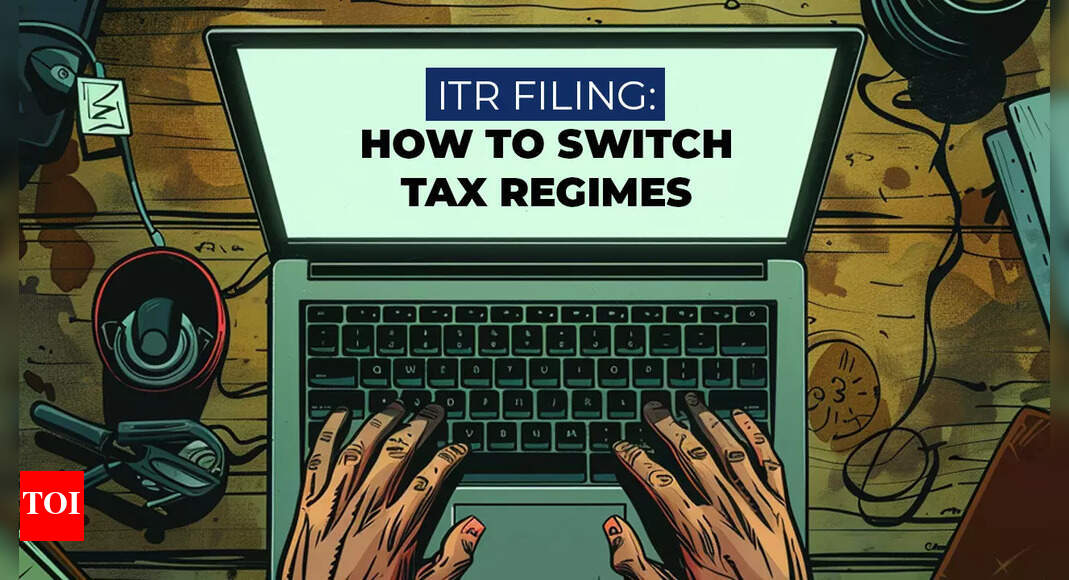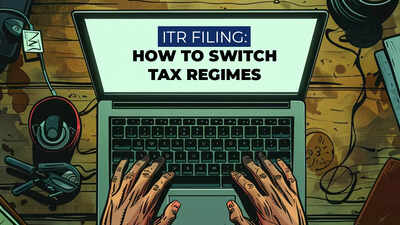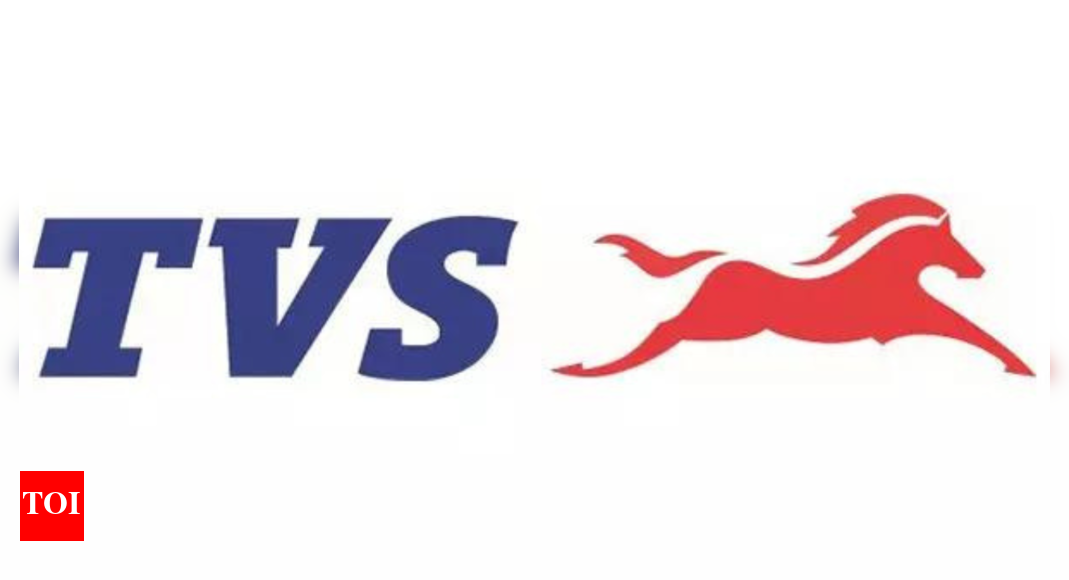ITR filing FY 2024-25: When e-filing your Income Tax Regime (ITR) for AY 2025-26, the choice of the income tax regime is an important one. The new income tax regime is the default tax regime, so if you want to file your tax return under the old regime, you will have to expressly opt for it.The new personal tax regime has been made the default regime from the financial year 2023-24. So how can you make the switch from the new income tax regime to the old tax regime? We explain:
ITR filing: How To Switch Between New & Old Tax Regime
A salaried taxpayer can switch from one regime to another every year, so long as they file the original return of income within the due date u/s 139(1). According to Ishita Sengupta, Partner and India Leader, Vialto Partners, a taxpayer only has to select the appropriate option in the ITR Form 1 or ITR 2 by ticking ‘Yes’ or ‘No’ in response to the question: “Do you wish to exercise the option u/s 115BAC(6) of opting out of the new tax regime?” By default, this section is pre-filled with ‘No’.Also Read | Income Tax Return: What is Form 16? Top things taxpayers should check in this document before filing ITR“Notably, if a return is filed after the due date (i.e., a belated return), the default tax regime—New Income Tax Regime—will automatically apply. However, if a revised return is filed, the taxpayer can still exercise the option to choose the regime, as long as the original return was filed within the due date,” Ishita Sengupta tells TOI.A taxpayer with business or professional income is NOT allowed to choose between the old and new tax regimes each financial year. If the taxpayer opts out of the new tax regime, they are permitted to switch back to it only once. Once the taxpayer reverts to the new income tax regime, they cannot opt for the old regime again in the future. To opt out of the new regime, a declaration must be submitted in Form 10-IEA before the due date for filing the original return. Ishita Sengupta explains that the ITR 4 (SUGAM) released for the FY 2024-25 (applicable for those who have business/ professional income under presumptive taxation) now seeks more comprehensive details from individual taxpayers opting out of the new income tax regime. The taxpayers are now required to disclose:
- Whether they have filed Form 10-IEA to opt out of new income tax regime in last year (FY 2023–24), along with the date of filing and the acknowledgement number
- Whether they intend to continue opting out for it the current year (FY 2024–25). If not, they must again provide Form 10-IEA details for the current year
- Even if Form 10-IEA was not filed or was filed late for last year (FY 2023–24), taxpayers must elect their current choice of regime and submit Form 10-IEA details accordingly
- The taxpayers who filed ITR-1 or ITR-2 last year must also confirm whether they wish to opt out this year and provide Form 10-IEA details, if applicable
Hence, before making a final selection between the two income tax regimes, taxpayers should carry out a comparative analysis to determine which is more beneficial for them.Also Read | Income Tax Return filing AY 2025-26: Which ITR form should freelancers and gig workers use? Explained“Individuals having significant tax savings payments/investments (approximately more than Rs 8 lakh) may still find the old income tax regime beneficial, but if they have business income, they should carefully evaluate future year scenarios before making the final switch,” Ishita Sengupta adds.




